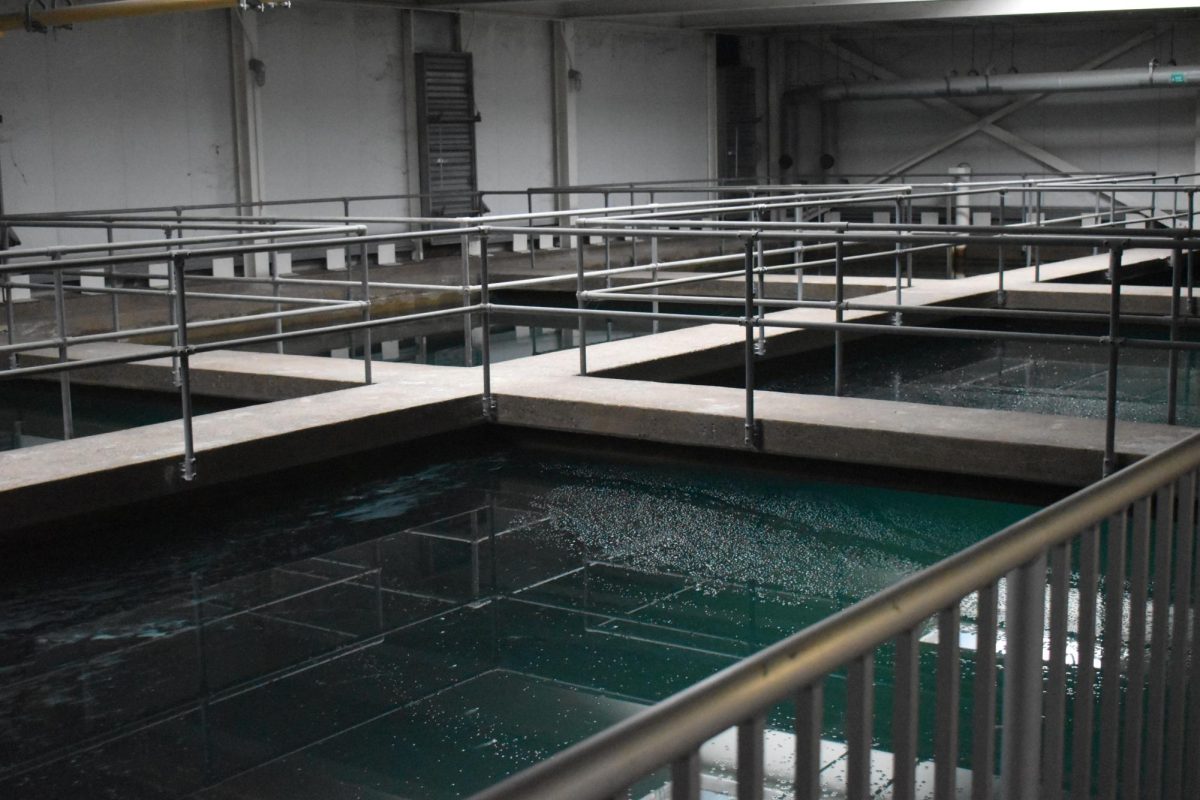The Rock Island City Council approved a study by the engineering company CDM Smith on Monday, Oct. 9. In the coming months, the company will study the treatment facilities of Rock Island, Moline and East Moline. They plan to provide treatment and funding options.
Perfluorooctanoic acid (PFOA) is a toxic but commonly used chemical that has been produced by companies for years, ending up in local water and waterways. This summer, 3M, an international manufacturer with Quad City locations, agreed to pay more than ten billion in a settlement over the same chemical.
Only recently has national awareness grown over perfluoroalkyl and polyfluoroalkyl substances (PFAS), the class of chemicals that PFOA and thousands of others belong to.
Charly Brown, utilities lab director for the city of Moline, said finding chemicals in the water led to the need for a study.
“We saw that we did have PFAS in the water,” Brown said. “The limit is what science can detect, and what we expect is [that] the limits will go down.”
A few years ago, both Iowa DNR and Illinois EPA conducted a sampling of PFAS. A map of Illinois can be found on the website of the Illinois Environmental Protection Agency, while a map of Iowa can be found on the website of the Iowa Department of Natural Resources.
According to an article in the Iowa Capital Dispatch, the national safety recommendations on PFAS went from 70 parts per trillion to just .004 parts per trillion in 2022.
Rock Island, Moline and East Moline have each partnered with the engineering company CDM Smith. The study will help them understand the path going forward.
“We’re in a similar boat in that we all pull our water from the Mississippi,” Brown said. “But we’re also separate in that we have different treatments.”
Brianna Huber, director of water filtration for the city of East Moline, echoed a similar sentiment.
“We’re working together to do the study,” Huber said. “However, each utility is a little bit different in the treatment technologies we currently have in place.”
Larger cities tend to pull their water from rivers and lakes, while smaller towns tend to use wells, in addition to getting water from nearby cities. Because Rock Island, Moline and East Moline pull from the Mississippi, they are more at risk to PFAS.
“We’re trying to help reduce the risk for people,” Huber said. “But [the chemicals are] also found in paint, in toys, in cosmetics.”
Huber gave a presentation about PFAS to the city council of East Moline in 2021. One of her goals was to make them aware of the financial cost, while the other was to emphasize the importance of removing PFAS. Clean water, after all, is integral to almost every industry.
An article in the Harvard Gazette, written by Paul Karoff, details some of the long-lasting, harmful risks of PFAS manufactured by companies like DuPont and 3M. PFAS were also a major component of firefighting foam.
“Exposures to some PFAS are linked to a range of health risks including cancer, immune suppression, diabetes and low infant birth weight,” Karoff said.
Following the study, Rock Island, Moline and East Moline have about three years to update their filtration, overseen by the Illinois and federal EPA.
“We can’t just dump them down the sewer,” Brown said. “They may have to be trucked off and potentially destroyed.”










































































































